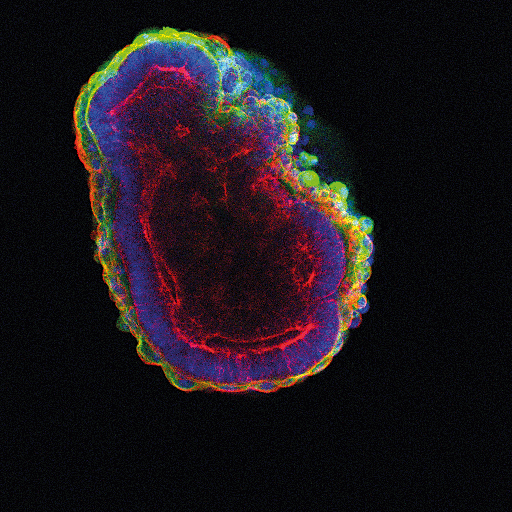In light of dark matter: oldest stars lead to detection
New research on the oldest stars in the universe suggests our understanding of dark matter could be about to take a huge leap forward.

Recent research conducted in Arizona State University suggests that we have the “first direct proof” that dark matter exists, as a team of astronomers analysed absorption lines from the oldest stars in the universe. Dark matter is an invisible stockpile of mass that we estimate to make up about 27% of the universe, and our understanding is that it provides the necessary gravitational forces for galaxies to hold themselves together. This enigmatic building block of the universe is proving highly elusive, yet it is almost six times as abundant as normal ordinary matter. The nature of dark matter and its effects are still not fully known. This is indeed a hot topic in cosmology research, as studying dark matter will give us clues to the nature of the universe itself.
“Professor Bakana, writing in Nature, said the insight had “the potential to reorient the search for dark matter”
Professor Judd Bowman of Arizona State University led the research, using Experiment to Detect the Global Epoch of Reionisation Signature (EDGES), a radio telescope which began recording data in 2015. The team measured the absorption lines corresponding to a 21cm-wavelength-transition of atomic hydrogen in spectra of distant stars formed as early as 180 million years after the Big Bang. The data show there is a stronger absorption signal corresponding to this 21cm transition than existing models predict. According to Professor Rennan Bakana of Tel Aviv University in a paper in Nature last week, this is conclusive in showing there were interactions between dark matter and ordinary matter in the early universe. The evidence suggests dark matter is generally ‘cold’, or highly non-relativistic, meaning that its speed does not come close to the speed of light in a vacuum. Another pivotal revelation in the study is that dark matter seems to be composed of low-mass particles which are no heavier than a couple of proton masses. “This insight alone has the potential to reorient the search for dark matter,” says Professor Bakana.
Dark matter appears to have cooled down the cosmic gas in the early universe, and so we may deduce that dark matter is at least moderately cold. However, velocities predicted by warm dark matter are potentially detectable. This is a focal point in this field, as many favour the idea that dark matter manifests a combination of hot, cold, and warm behaviours. The evidence so far puts cold dark matter as the leading culprit, and the best candidate for the particle is the weakly interacting massive particle (WIMP).
“Consensus among academics seems to be that dark matter particles are probably something yet to be discovered”
As its name suggests, dark matter is invisible in the electromagnetic spectrum, so does not interact with the electromagnetic force; for dark matter to have substantial electrodynamic and nuclear interactions would go against well-understood cosmological models including the Big Bang. The consensus among academics seems to be that dark matter particles are probably something that are yet to be discovered, that uniquely interact gravitationally with ordinary matter.
Studying dark matter may well give us information about how the universe came to be, and how it may end. The concept of dark matter is around a century old, yet we still do not know that much about it. General relativity on the other hand, which has been around for a similar time, is well-established with its principles utilised in GPS. Further comparable radio telescope projects include the Hydrogen Epoch of Reionisation (HERA) which will be operational in the next couple of years, and the Low Frequency Aperture Array (LFAA), which is 2km in diameter, consisting of millions of antennae erected in the Western Australian desert. It should be operational this year. Once these telescopes can replicate results seen by EDGES, we will be able to confirm that the first stars “revealed” dark matter. As we the technology catches up with our desire to understanding, this field begins to emerge into relevance. Cosmologists can now start working to prove that anything with a ‘dark’ in front of it is not just an abstract idea for something we do not yet understand, but an actuality.







